Owing to constant research and advanced studies in the field of medicine, a diversification has occurred in the techniques of medical practice. The concept of ‘family doctors’ is slowly fading away, as people have started becoming more aware of various health issues and the medical specialties which cover these issues. Patients prefer visiting the specialist doctor directly, rather than being referred to him/her by a physician.
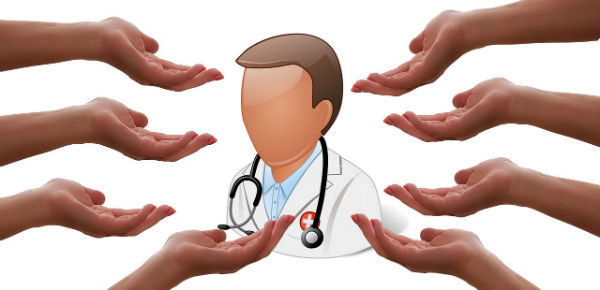
Specialist doctors are those who have additional qualification in dealing with health issues pertaining exclusively to certain body parts or systems. With additional post graduate training after completing basic medical graduation, these doctors opt to pursue their preferred medical specialty. A huge number of medical and surgical specialties have cropped up over the past few decades. Though all of them are in great demand, some are sought after, more than the others.
This may happen because disorders pertaining to that specialty occur more commonly. Given below are details of the top 5 medical specialists who are the most sought after by Indian patients.
Dentist
Dentists specialize solely in the diagnosis and treatment of problems related to teeth, gums and jaw bones. Contrary to common belief, dentists do a lot more than just maintaining health of teeth. It is their job to ensure that along with the health of teeth, the patient is also educated about importance of dental hygiene.

People of every age group rely on the expertise of a dentist for various health issues. Right from dentition in infants, to artificial denture in elderly patients, a dentist guides with his/her expert advice all the way. Dentition troubles, faulty alignment of permanent teeth, tooth decay, impacted wisdom tooth, are some common problems with which people visit a dentist.
Dentists specializing in maxillo-facial surgery have expertise in treatment of jaw fractures, congenital anomaly of jaw, issues affecting maxillary tissue, and they also perform facial reconstruction surgery. Maxillofacial specialists also tend to have expertise in treating cancerous tumors affecting the jaws and surrounding areas.
Some dentists having expertise in cosmetology perform dental procedures like smile designing, fitting dental braces, bridges etc. Cosmetic dental procedures include all surgical and medical procedures which enhance a patient’s appearance by altering their dental alignment. People working in the showbiz industry often consult dentists for procedures like teeth whitening. This branch of dentistry is in great demand among celebrities, T.V. personalities and common folk alike.
Conditions like trismus, hemorrhage from the gums, dislocation of jaw etc., are medical emergencies which only a dental surgeon can manage efficiently. The basic qualification required to be a practising dentist in India is B.D.S (Bachelor of Dental Surgery). Specialization can be done in various fields like endodontics, periodontics, maxillofacial surgery etc., by pursuing M.D.S (Masters in Dental Surgery).
Dentists may have their individual private practice or may be associated with a hospital.
Pediatrician
Treating patients without getting any symptoms from them is a tough task; something which pediatricians master well through years of practical experience. Pediatricians are doctors specializing in diagnosis and treatment of children’s health disorders. Children between the age of 0-18 years are eligible to be under medical care of a pediatrician.
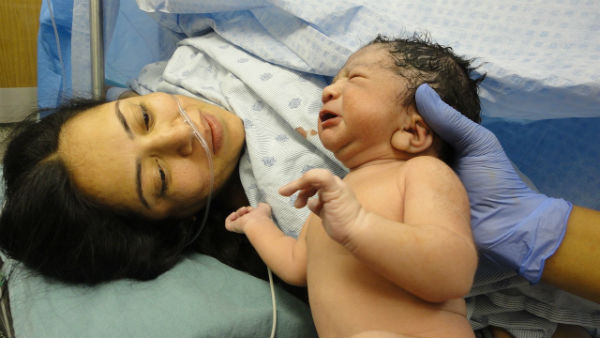
Every new born baby receives detailed medical attention from a pediatrician soon after birth. A general physical examination and checking for any congenital issues is done by pediatricians as soon as infants are born.
Right from a child’s birth, pediatricians guide parents about normal medical care, vaccination, nutritional counseling, physical and mental development of the child. Pediatricians specialize in diagnosis and treatment of allergies and infections affecting small children. Apart from treating such disorders, pediatricians also monitor growth and development in small children at regular intervals.
Pediatricians specializing exclusively in the care of new born babies are known as neonatologists. These doctors have expertise in providing medical care, including life supporting techniques to new born infants. Neonatologists are the first doctors who attend to prematurely born babies.
Pediatricians are closely associated with N.I.C.U facility reserved exclusively for new born babies and children. They are usually associated with hospitals or have their own private practice. The basic qualification required to become a pediatrician in India includes M.D or D.N.B degree in Pediatrics. Only those doctors who have completed M.B.B.S are eligible to apply for these post graduate courses.
E.N.T Specialist
E.N.T surgeons are doctors specializing in diagnosis and treatment of disorders exclusive to ears, nose and throat. The most common disorders for which people consult with an E.N.T doctor include tonsil troubles, ear infection, adenoids, nasal polyp, deviated nasal septum. E.N.T surgeons are well qualified to perform minor medical procedures like ear wax removal, audiometry, on outpatient basis.
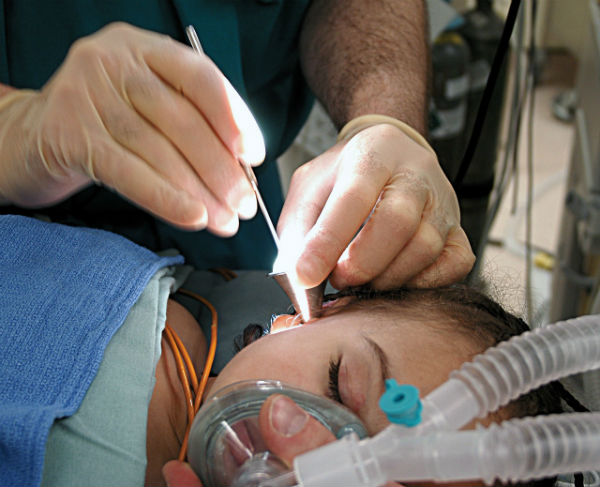
E.N.T surgeons also perform more complicated surgeries like cochlear implant, thyroid cancer surgery, skull base surgery etc. Medical treatment for disorders like rhinitis, laryngitis, sinusitis, is part of therapy provided by E.N.T doctors.
Small children, adults and elderly people alike, may require the medical expertise of an E.N.T specialist at some point in life. E.N.T specialists often have their own private practice or may be associated with a multispecialty hospital.
E.N.T specialists may work in conjunction with a speech therapist and audiologist. In order to practise as an E.N.T specialist, doctors have to complete their M.S, which is a post graduate course in E.N.T. Alternatively, another post graduate course known as D.N.B may also be pursued. Completing M.B.B.S from a recognized college in India is a pre-requisite for both these courses.
Cardiologist
Cardiologists are easily one of the most sought after doctors in India. They deal exclusively with disorders of the heart. Atherosclerosis, chest pain, hypertension, myocardial ischemia, are some of the cases for which cardiologists are most commonly consulted. Cardiologists only deal with the medical aspect of heart disorders. They do not perform cardiac surgeries. However, they are trained to perform specific diagnostic procedures pertaining to the heart. These procedures have been highlighted later in this article.
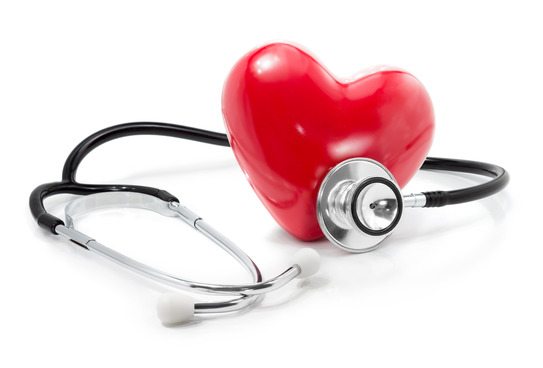
Cardiologists are highly efficient in management of emergency cases requiring immediate medical or surgical attention. Part of their job also includes performing cardiology diagnostic procedures like angiography, ECG, 2D-Echo, cardiac catheterisation etc. Cardiologists are trained in performing medical procedures like angioplasty on outpatient basis. Patients are also required to consult a cardiologist before and after undergoing cardiac surgery like coronary bypass, heart transplant, valve replacement etc. They often work in conjunction with rheumatologists while treating patients experiencing rheumatic heart ailments due to some other pre-existing rheumatic condition.
Special training is required to treat cardiac disorders affecting new born babies and small children. Doctors who have completed M.B.B.S are eligible to pursue M.D or D.N.B in Cardiology in order to practise as a Cardiologist.
Cardiologists work in association with hospitals or have their private clinics. They are closely associated with the functioning of I.C.U facilities reserved exclusively for heart patients.
Gastroenterologist
A Gastroenterologist is a doctor specializing in diagnosis and treatment of disorders pertaining to the digestive tract. Acid peptic disease, peptic ulcers, irritable bowel syndrome, are some conditions for which treatment expertise of a gastroenterologist is needed. Gastroenterologists are often consulted for treatment of intestinal cancers which do not require surgical intervention. Doctors who study gastroenterology may also continue specialization to achieve expertise in treatment of liver and biliary tract disorders.
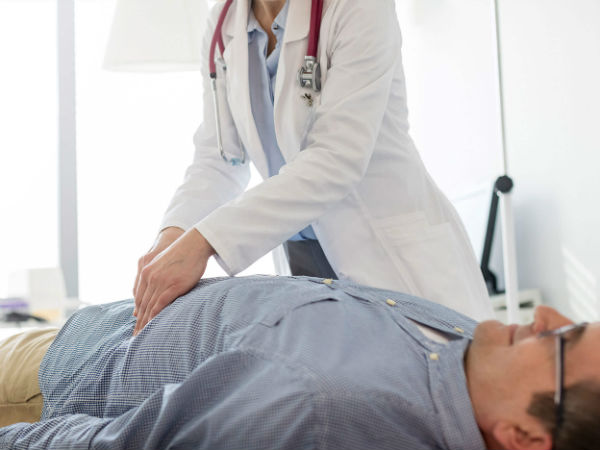
G.I tract infections like typhoid, cholera, hepatitis virus infection, are also treated by gastroenterologists. They are trained in performing diagnostic procedures like endoscopy, colonoscopy, capsule endoscopy etc., on an outpatient basis.
Gastroenterologists also handle more complicated cases like Crohn’s disease, intestinal hemorrhage etc. Patients who undergo surgery of digestive tract need to consult with a gastroenterologist for pre and post-operative medical treatment. Gastroenterologists are trained to perform medical treatment of intestinal and biliary disorders. They do not perform digestive tract surgeries.
Doctors who have completed M.B.B.S are eligible to study M.D or D.N.B in gastroenterology in order to practise as a Gastroenterologist.
All of the above mentioned medical specialists have to be registered practitioners of the Indian Medical Association. Their licenses are duly renewed at regular intervals. Their practice ethics are under strict control of the local health department. Violation of any rules set by government authorities could lead to loss of rights to practice medicine. All doctors are bound by rules of doctor-patient confidentiality. They cannot reveal details about their patients under any circumstances, unless ordered to do so by any legitimate figure of authority.
Other medical and surgical specialists whose expertise is often required include orthopedic surgeons, dermatologists, gynecologists, ophthalmologists, neurologists, oncologists, plastic surgeons, psychiatrists etc.
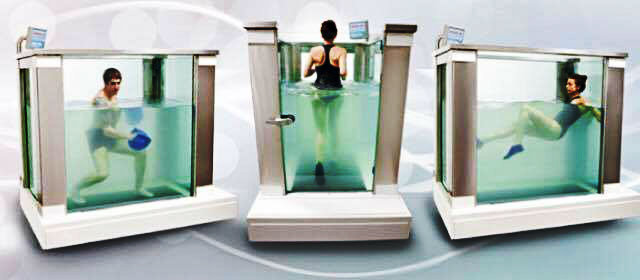

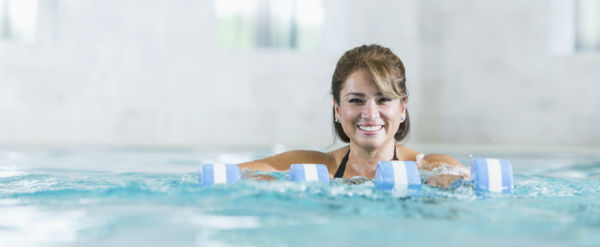
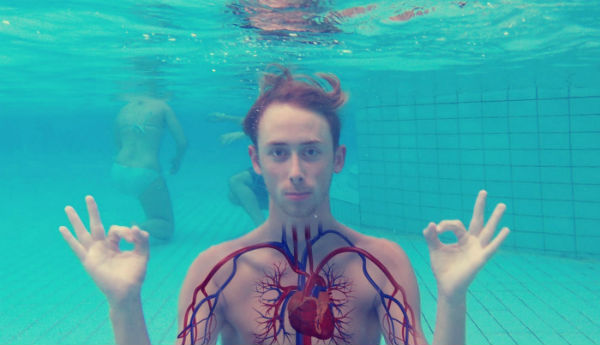
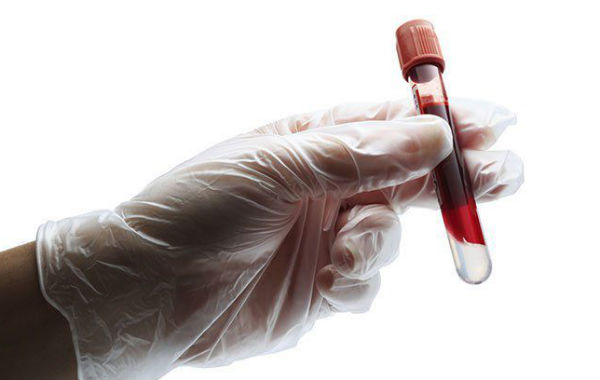
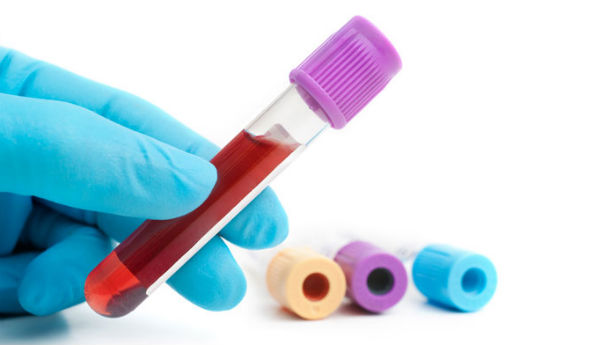

 If you are taking a routine check-up that doesn’t usually need a prescription, you must note down this point. Before going for few tests, you may require to discontinue medicines that can alter your test reports. If you do not have any idea about the same, talk to the lab technician in advance.
If you are taking a routine check-up that doesn’t usually need a prescription, you must note down this point. Before going for few tests, you may require to discontinue medicines that can alter your test reports. If you do not have any idea about the same, talk to the lab technician in advance. If you are suffering from a serious disorder like HIV, you should let your lab technician know. This is because such diseases can spread through body fluids. Lab analysts must be extra careful with the blood samples of such individuals.
If you are suffering from a serious disorder like HIV, you should let your lab technician know. This is because such diseases can spread through body fluids. Lab analysts must be extra careful with the blood samples of such individuals.
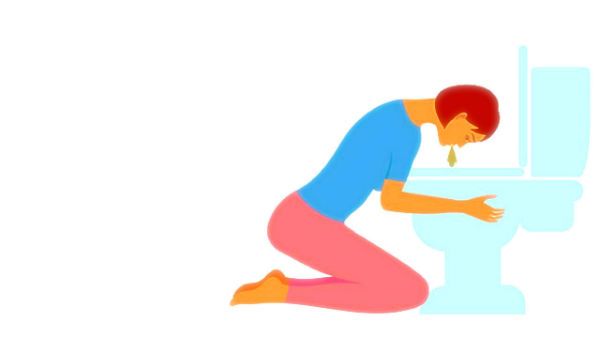
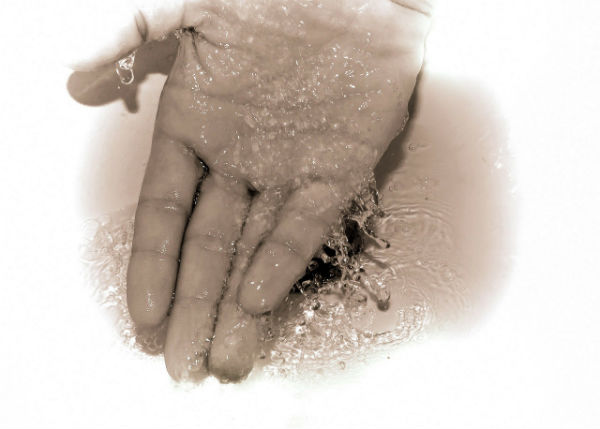

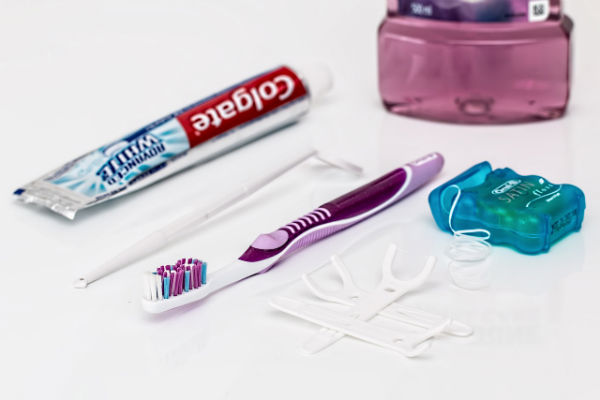
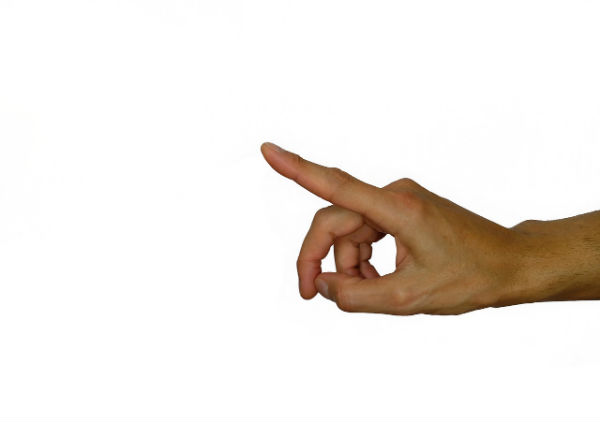
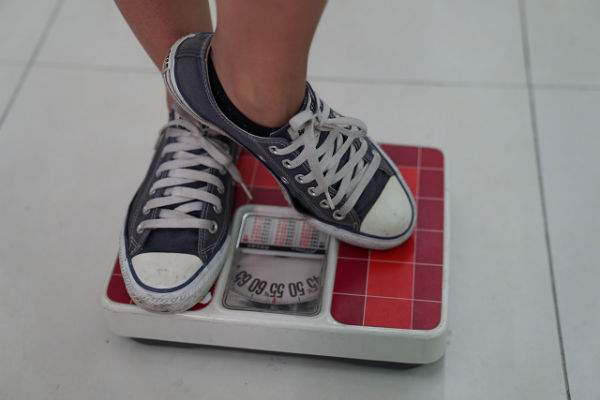


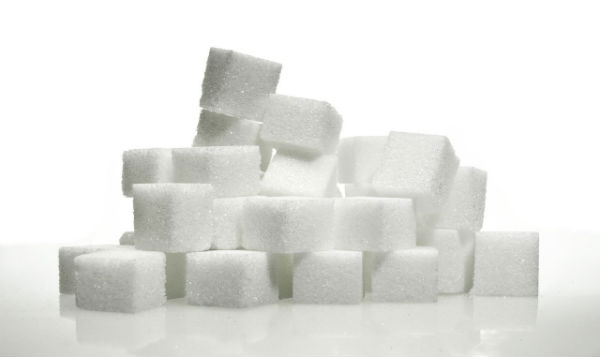
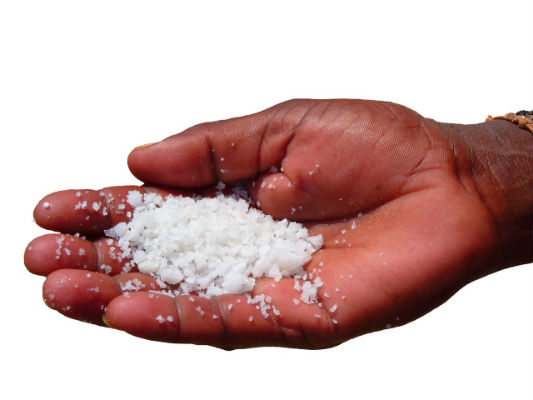
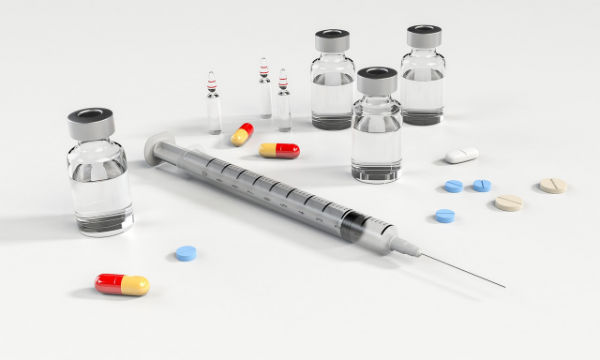

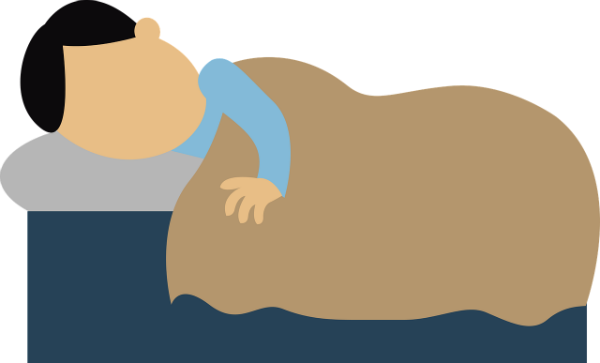
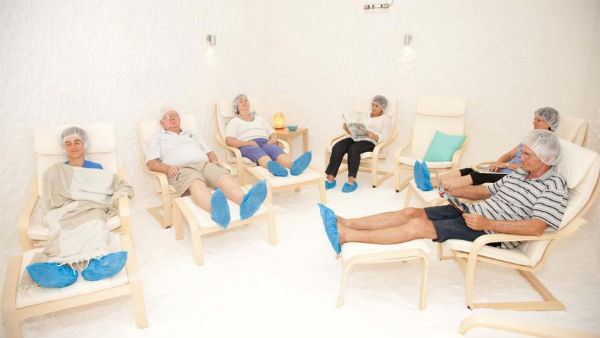
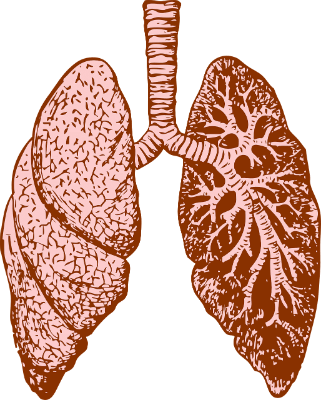
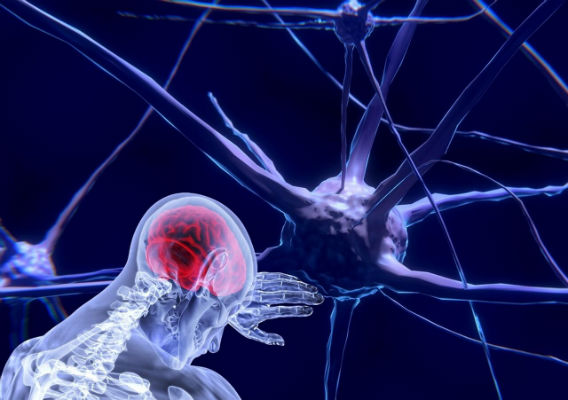

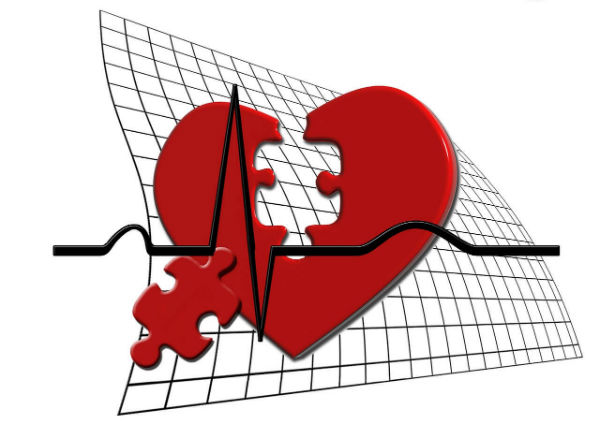
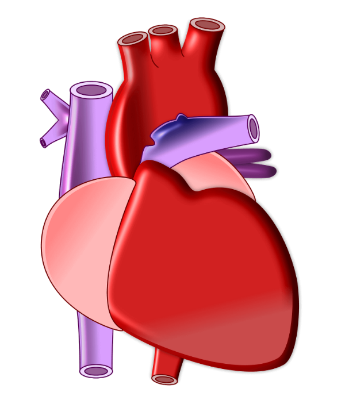
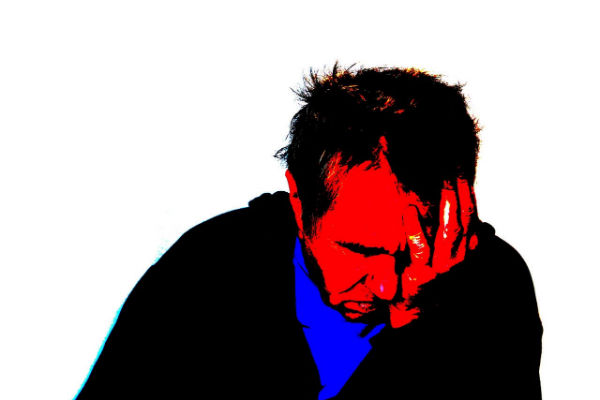 Likewise, signs like a bluish tint in the fingernails, skin, and lips, fast breathing and shortness of breath while breast-feeding, are the signs that suggest congenital heart defects in babies. Also, if the hole in the heart is small, it may not show any symptoms.
Likewise, signs like a bluish tint in the fingernails, skin, and lips, fast breathing and shortness of breath while breast-feeding, are the signs that suggest congenital heart defects in babies. Also, if the hole in the heart is small, it may not show any symptoms.
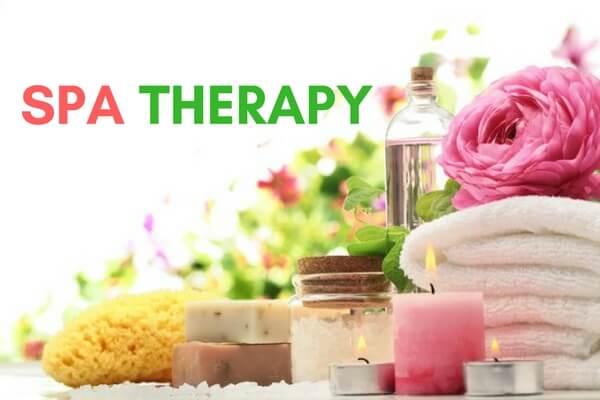
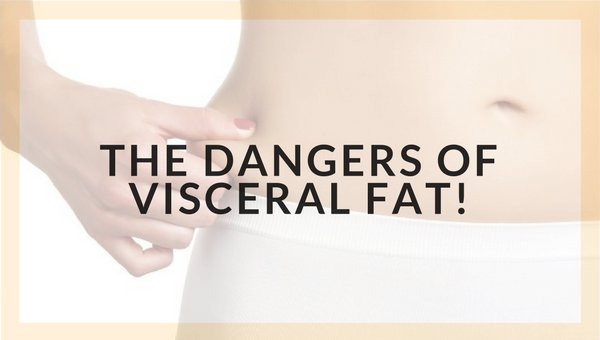 It is everyone’s pipe dream these days to have a flat stomach and enviable washboard abs just like those models gracing glossy magazine covers. However, sadly, this pipe-dream does not reach fruition beyond a couple of weeks after the dust has settled on the new year. Most people then resign to the fact that they would never be able to vanish the ugly fat deposits they have in different regions on their body. As a result they choose to not leave the comforts of their bed every morning. Also eating anything and everything without thinking of its consequences!
It is everyone’s pipe dream these days to have a flat stomach and enviable washboard abs just like those models gracing glossy magazine covers. However, sadly, this pipe-dream does not reach fruition beyond a couple of weeks after the dust has settled on the new year. Most people then resign to the fact that they would never be able to vanish the ugly fat deposits they have in different regions on their body. As a result they choose to not leave the comforts of their bed every morning. Also eating anything and everything without thinking of its consequences!